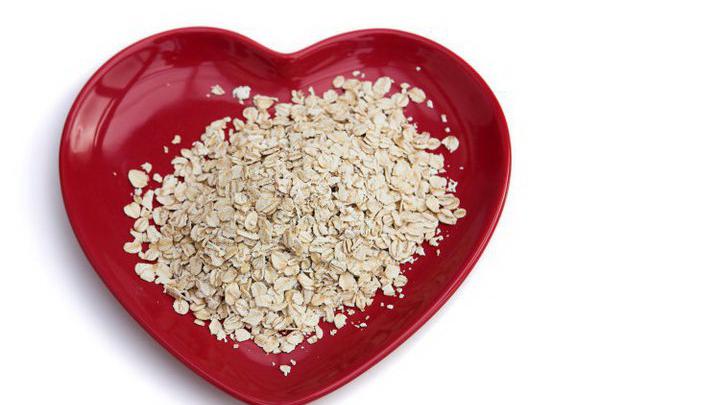People who ate a combination of recognised cholesterol-lowering foods for 6 months more effectively lowered their LDL (or bad) cholesterol than those who consumed a therapeutic low-saturated fat diet. These are the findings published in the Journal of the American Medical Association by a team of Canadian researchers.
Conventional dietary advice seeking to lower circulating fats and risk of coronary heart disease (CHD) has been relatively ineffective in comparison to medicinal treatment with statins. However, particular dietary components have known LDL (bad) cholesterol-lowering properties, and controlled, short-term studies have indicated the heart health potential of eating a combination of these foods (known as ‘dietary portfolio’).
In this randomised, ‘real-world’ study, a team of researchers recruited a total of 345 people with high blood cholesterol across 4 locations in Canada. Participants were randomised to one of three dietary regimes for six months: 1) a therapeutic low fat diet (control), 2) a diet including a portfolio of cholesterol-lowering foods combined with 2 visits (routine), or 3) a diet including a portfolio of cholesterol-lowering foods combined with 7 visits (intensive). Effects on blood lipids were compared between baseline (0 weeks) and 6 months.
Dietitians counselled all subjects to follow a weight-maintaining vegetarian diet and keep 7-day diet histories. Advice for the control group focused on low-fat dairy, whole grain cereals, fruit and vegetables, but avoidance of dietary portfolio components. The other participants were encouraged to meet the following daily cholesterol-lowering portfolio diet criteria (measuring utensils were provided for portion control):
- 0.94g plant sterol ester-enriched margarine per 1000kcal of diet;
- 9.8g viscous fibre per 1000kcal of diet from oats, barley and psyllium;
- 22.5g soy protein per 1000kcal of diet as soy milk, tofu and soy meat analogues;
- 22.5g nuts (including tree nuts and peanuts) per 1000kcal of diet;
Eating peas, beans and lentils was also encouraged.
Those who followed the portfolio diet reduced their LDL cholesterol (-14% intensive, -13% routine treatment) significantly more than the control diet (-3%). Importantly, the portfolio diet lowered LDL cholesterol without also lowering HDL (good) cholesterol. This was estimated to result in a 10.8% (routine) or 11.3% (intensive) relative reduction, respectively, in the calculated 10-year CHD risk, compared to a non-significant risk reduction of 0.5% on the control diet. The absolute 10-year CHD risk change was -0.9% on the routine treatment and -1.2% on the intensive treatment, whereas the therapeutic low fat diet only produced a change of -0.3%.
Actual intake relative to the four portfolio diet items was on average 41% (routine) and 46% (intensive), and this level of intake related to percentage reduction in LDL cholesterol. The frequency of visits (2 versus 7) did not impact on adherence to diet, or on LDL reduction.
The study population was predominantly white, with low to intermediate risk of cardiovascular disease and relatively low body weight. Also, prior to the study subjects were consuming diets low in saturated fat and cholesterol. Therefore, effectiveness for individuals not already following a low-fat diet remains unknown, although it is likely to be even higher.
The authors concluded that coaching people to consume a healthful, low-fat diet that also incorporates adequate viscous fibre, plant sterols, soy protein, and nuts, has potential for lowering cholesterol through routine clinical practice. Further study is needed to confirm if this approach is in fact associated with lower CHD rates.
For more information, see


